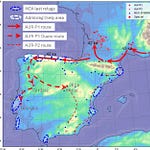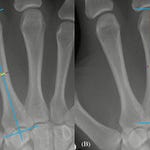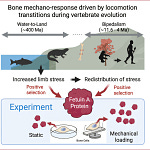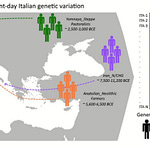A Genetic Shadow Beneath the Pampas
For decades, archaeologists and geneticists have tried to piece together how the last reaches of South America were peopled. The sweeping plains of central Argentina—where the Andes dissolve into grassland and the rivers braid across the Pampas—were among the final frontiers of human expansion. Yet, despite the region’s archaeological richness, its genetic past has remained stubbornly opaque.
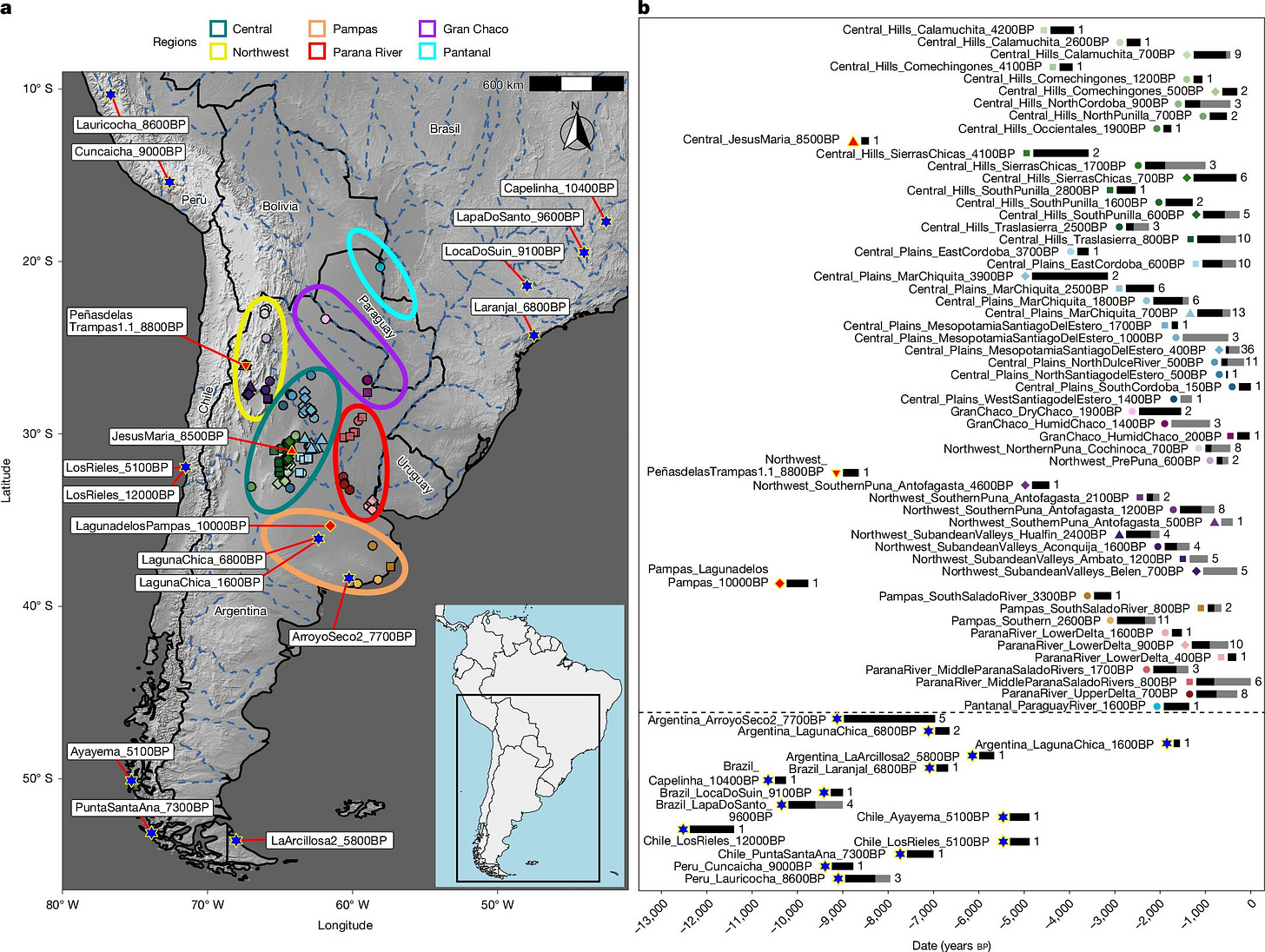
That changed with a study published in Nature1 by an international team of researchers led by Javier Maravall-López and colleagues across Argentina, Brazil, and Europe. Their analysis of more than 230 ancient genomes, spanning nearly 10,000 years, has uncovered a startling discovery: a deep genetic lineage in central Argentina that has persisted for at least 8,500 years, surviving every upheaval that followed.
“This is one of the clearest examples of long-term genetic continuity yet documented in the Americas,” says Dr. Elena Rossi, a population geneticist at Cambridge University. “It suggests not only resilience but also cultural stability over millennia, in a landscape shaped by climate and change.”
The finding reshapes how scientists understand the peopling of the Southern Cone, revealing a continuity of ancestry that withstood the passage of time—from the first hunter-gatherers to the farmers and herders who met the colonial world.




